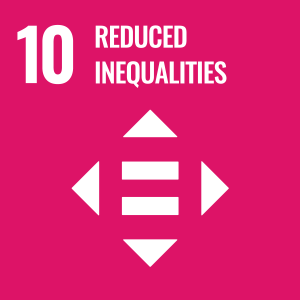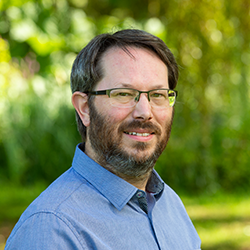Give concrete examples to help the public understand media's AI-powered future
A personalised Glastonbury, noise-cancelling TV dramas that reduce background hubbub, or news stories that adapt based on your local area.
These are just some of the ways artificial intelligence (AI) could change the media landscape – but all require tricky trade-offs around data collection and personalisation.
Now, academics at the University of Surrey have shown that when presented with concrete examples like these, the public engages with those debates far more readily.
Researchers from Surrey, in collaboration with BBC Research and Development, brought together a 'citizens council' of people in Guildford, Woking and Manchester. By using 'vignettes' – concrete scenarios of how AI could transform the media in the future – they explored participants' attitudes to the trade-offs involved.
Participants discussed an example of TV dramas that could resize the subtitles and dial down the background noise to help a viewer who was hard of hearing. This brought out other access needs that AI could help meet.
Meanwhile, a scenario where Glastonbury coverage was tailored to the user's music tastes worried some people. They feared it might stop them from finding new genres of music.
Participants were clear that tech companies and regulators should take responsibility for avoiding these risks.
The article is published in the journal New Media and Society.
Related sustainable development goals



Media Contacts
External Communications and PR team
Phone: +44 (0)1483 684380 / 688914 / 684378
Email: mediarelations@surrey.ac.uk
Out of hours: +44 (0)7773 479911

